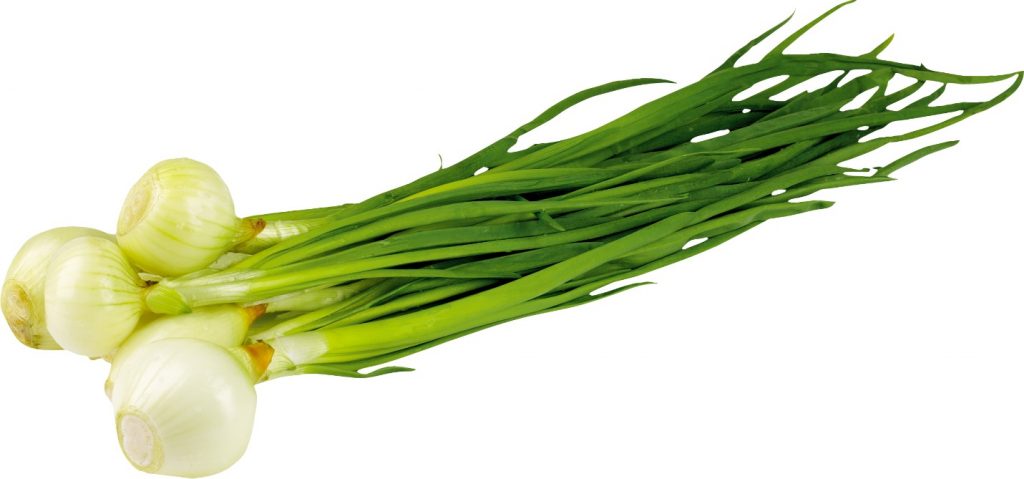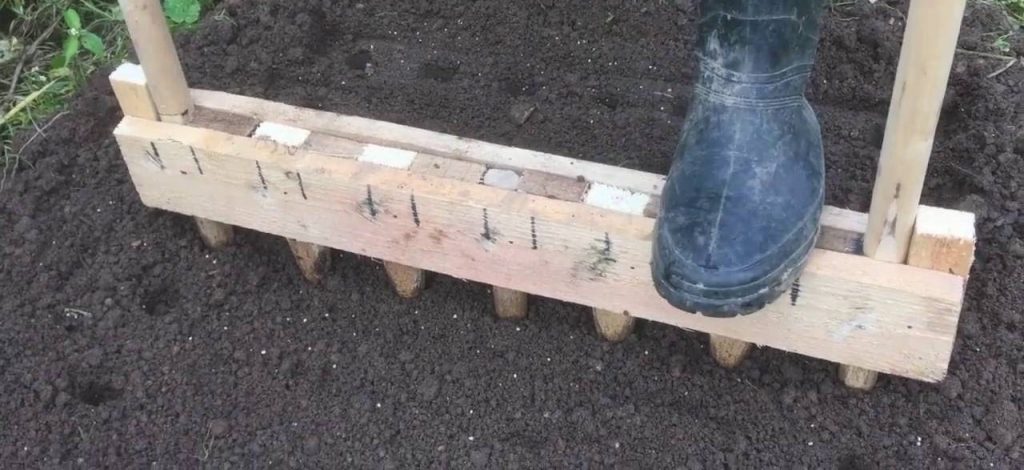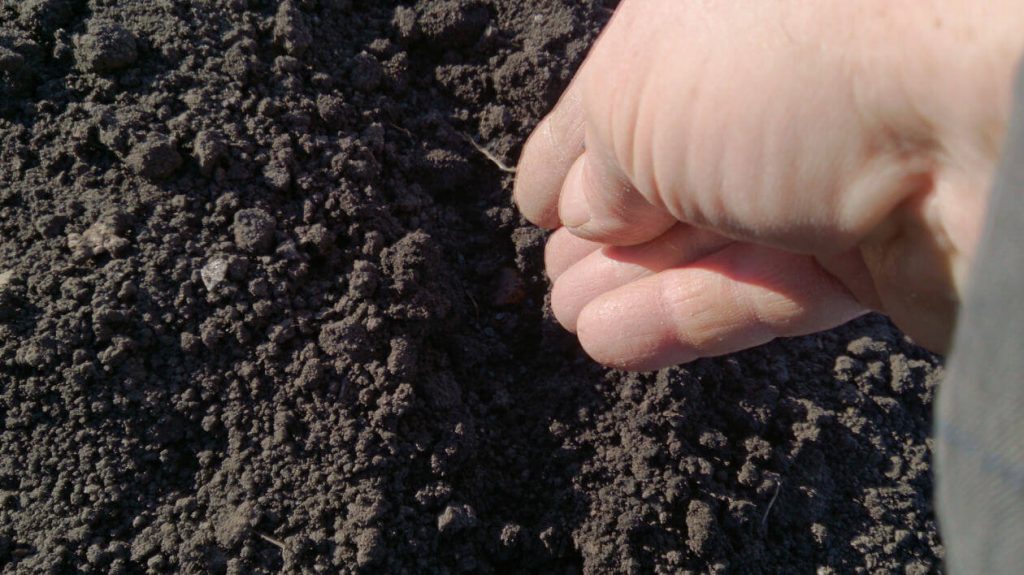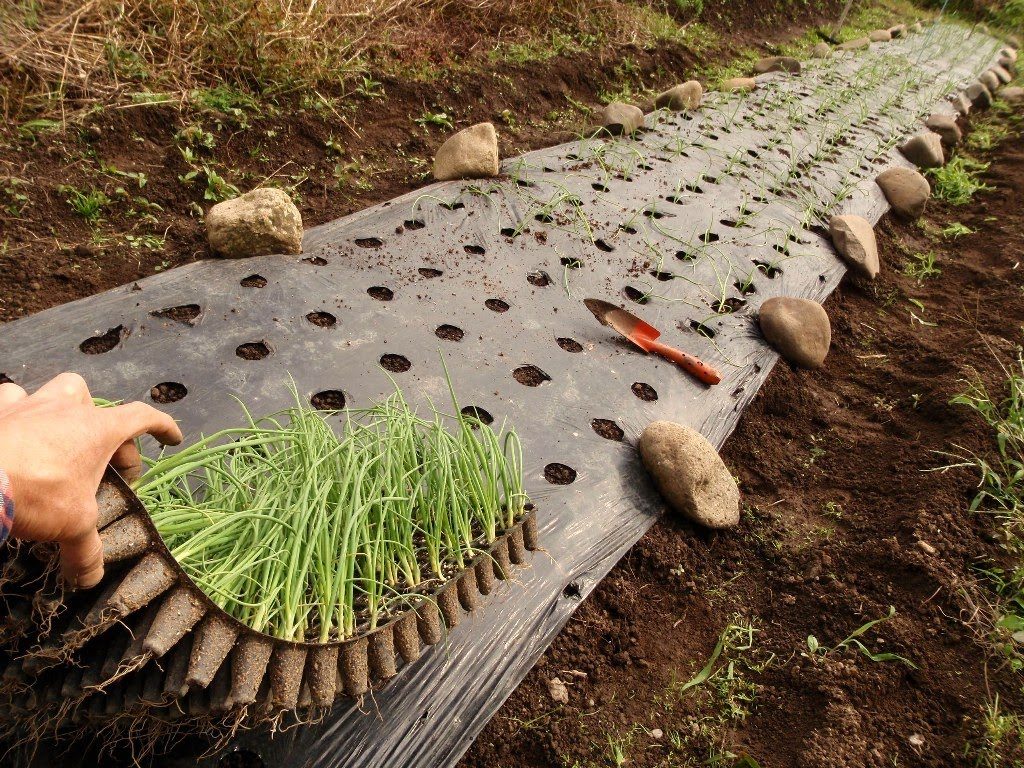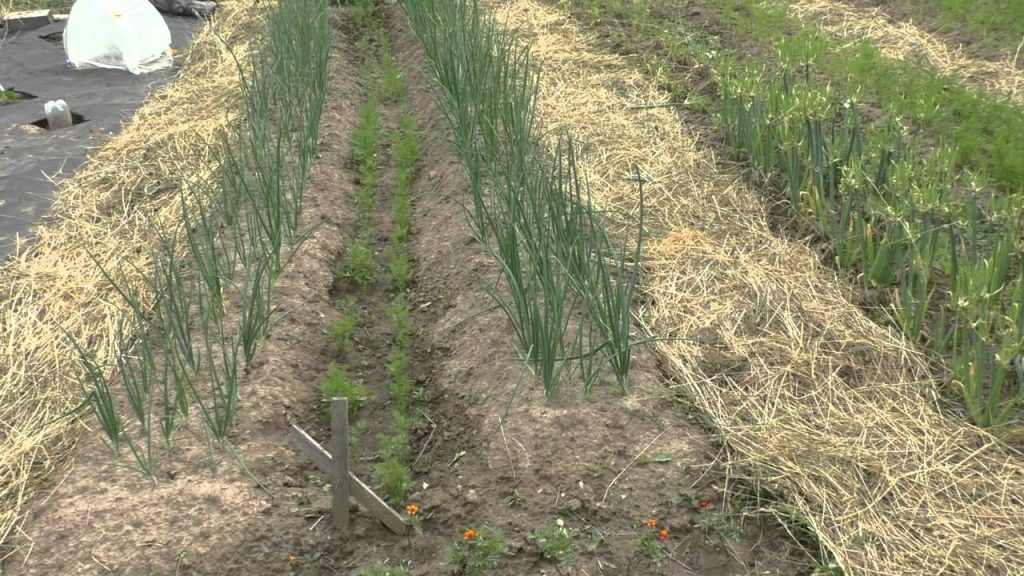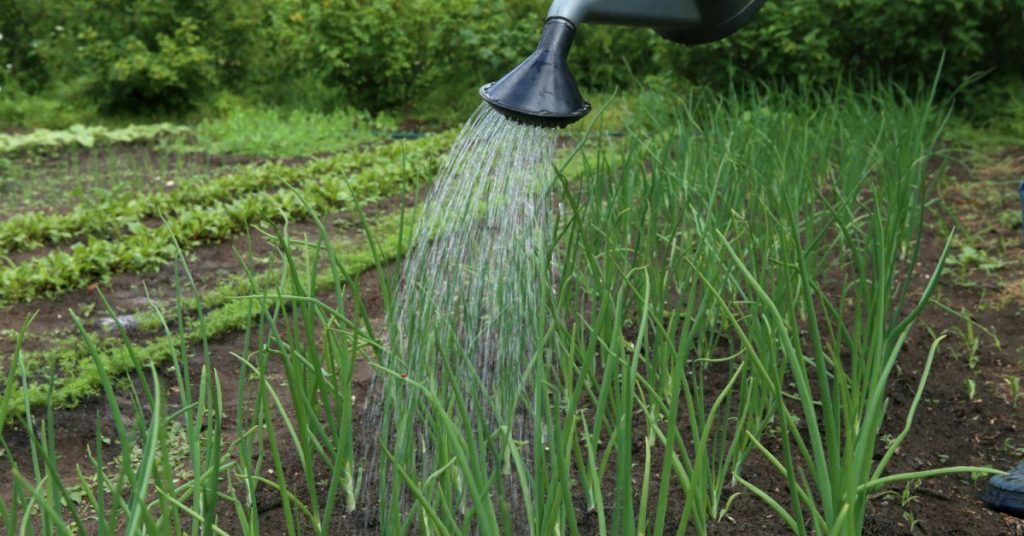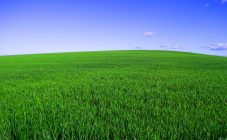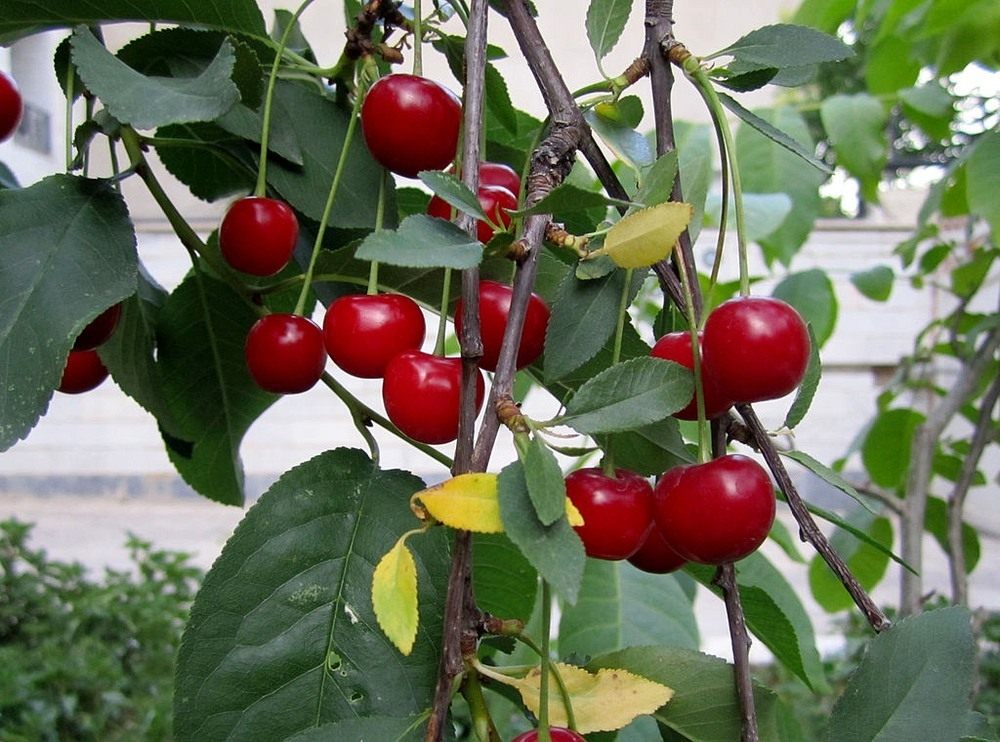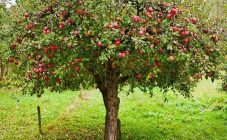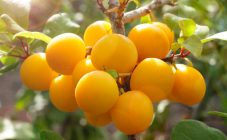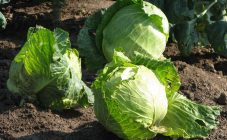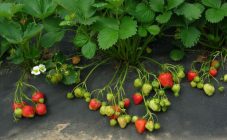Content:
In Russia, this representative of liliaceae appeared at the beginning of the 12th century, since then it has firmly taken its place in vegetable beds. Even an inexperienced agricultural technician practices onion cultivation, because without a turnip it is very difficult to imagine a dining table. But not everyone knows how to plant onions correctly.
About agricultural technology of culture
There are many varieties of culture: leek, chives, shallots, batun, but most often on the beds you can see onions. It is planted to obtain bulbs and to grow greens, creating the necessary conditions for a high yield.
The culture is cold-resistant, but prefers open solar beds. Loves onions moisture, so the close location of groundwater will come in handy. As for the soil, it should be neutral or slightly alkaline, enriched with organic matter.
A bed for planting is prepared in advance, since the fall: seasoned compost, rotted raw manure or humus are introduced into the soil for digging. If you did not succeed in doing this before the cold weather, you should think about how to prepare a bed for onions in the spring. Digging and fertilization is carried out a month before planting, loosening of the beds - a few days before.
A good harvest will be ensured if you take into account the rules of crop rotation. You should not choose beds where asparagus or garlic previously grew. The best predecessors are cucumbers, tomatoes, potatoes, peas, melons. Plots after corn and cabbage are also acceptable.
Reproduction of culture
Those who have a dacha recently are wondering how to grow onions, so that in the summer there is something to serve up to the table, and what to make preparations for the winter. There are several ways to propagate a culture:
- seeds;
- bulbs with a diameter of 0.7 to 3 cm, called sets;
- sampling - a head of 3-4 cm;
- seedlings.
The method by which onions will be grown is determined by several factors: grade, locality, consumer needs. The culture refers to perennial plants, but in the dachas it is bred as one - or biennial.
Annual cultivation
This method is practiced in regions where the frost-free period is long enough. Sweet onions are suitable for planting. In this case, "nigella" is taken from last year's collection. Older seeds will not give a bountiful harvest, as their germination rate decreases every year.
Biennial breeding
In this method, it sets the start Nigella again. In the first year, a set is grown from it, which is planted the next spring to obtain the main harvest. Cultivation of onions from seedlings in the open field occurs according to the following scheme: 30 cm are kept between rows and 5-7 cm between onions.
To make it easier to measure the distance between the holes, you can use a homemade device. These can be special wooden rake markers. Egg trays are also fine.
After the onion has produced greens, part of the planting will be picked up on the feather in the process, which allows thinning the beds.As a result, 8-10 cm should be left between the turnips. The hand is a suitable "marker", the distance between the onions can be measured with the palm of your hand.
With a minimum of effort, the result will be an excellent harvest of onions suitable for winter maturation as a food product.
If summer residents are wondering how to grow larger onions, the culture can be “retrained” into a three-year-old. To do this, a sample of heads of medium diameter is made and planted in the beds next season, keeping the gaps between the turnips at least 12 cm.
Some of the bulbs are planted separately - for shooting (to get nigella). In biennial plantings, spicy onions are used, specially cultivated for long-term storage.
Planting onions
An experienced gardener does not stop at one cultivation method. Each of the options has its own characteristics of agricultural technology, which make it possible to obtain a variety of products.
Sowing with seeds
Before planting onions in seeds, proper preparation of nigella is necessary. Stratification (soaking) is carried out as soon as the soil is ready. For good germination, it is recommended to germinate the seeds on damp gauze, paper towels (moistened).
Experienced summer residents use sheets of toilet paper rolled up. The sprouted seeds are planted in the grooves with the same strips.
Landing is carried out in one of the ways: ordinary or six-line (with a distance between the tapes of 0.5 m). In both cases, the seeds are distributed in a line at a distance of 15-20 cm. After planting, the beds are mulched, laying a low layer of humus.
As soon as the shoots appear, the first thinning is carried out, making intervals between the plants of 2-3 cm. After 25 days, the second "cleaning" is done. In this case, the distance is maintained at 6-8 cm.
The seed method is used to get fresh greens, to grow seedlings or small onions for planting next season on a turnip.
In order for a set to grow out of nigella, a slightly different onion planting scheme is chosen. A wide strip is prepared, into which the seeds are sown rather thickly, keeping the rate: 100 g of blackberry per 10 sq. M. plot.
Growing by sowing and sampling
How to sow onion sets has already been briefly mentioned in the article. To the above, you can add the following information.
Having collected the seedlings in the first year, it is immediately sorted into fractions - it is advisable to plant onions of different diameters on separate beds. The dried seedlings are stored until spring at moderate humidity and a temperature of about 18 degrees Celsius.
In order to get a high-quality turnip next year, take a set of 2-3 g. The smaller one is planted on a feather. To grow the heads of the sets, they are distributed over the bed in this way: 30 cm - between rows and 6-8 cm - between the onions.
As the turnip grows, thinning is carried out (the torn onions are immediately eaten). As a result, it is necessary to achieve a distance between the bulbs of at least 8 cm, but no more than 12. Too large a gap can cause shooting, too small - will not produce a large onion.
The crop obtained in August is sorted. Good heads are stored for winter storage for food use. Small turnips (samples) are planted in the garden next year to grow a larger head.
Seedling method
This method is used to obtain early production. Seedlings are grown in warm greenhouses, greenhouses or living quarters. The prepared soil is poured into the boxes with a layer of 10 cm.
Sowing seed onions for seedlings is carried out in an ordinary way with an interval of 0.5 cm.The distance between the furrows is maintained about 5 cm.The depth of the bookmark is no more than 1 cm.The soil in the box is compacted, watered and placed in a dark place, keeping at a temperature of 20-25 degrees of heat. To make the seedlings strong, the main modes are observed.
Conditions for growing onion seedlings
| Modes | Features: |
|---|---|
| Humidity | · The soil is abundantly moistened only at the first stage after sowing. Watering is carried out often, but in small portions to avoid harmful waterlogging; The culture is not demanding to the humidity of the atmosphere, but spraying in dry rooms is recommended |
| Temperature | Until the shoots appear, they maintain the heat within 20-25 degrees. Then the daytime temperature is reduced to 15-18 degrees, and the nighttime temperature is reduced to 6-12 degrees. If the location of the seedlings is a window sill, it is recommended to open the window in the evening |
| Lighting | Despite the light-loving nature, the seedlings do not need additional lighting. |
| Top dressing | It is recommended to apply fertilizers twice - mineral water solution: · 5 g of potassium sulfate or chloride; 10 g of urea; · 20 g. Superphosphate The dosage is given per bucket of water |
| Thinning | It is carried out when the seedlings are strong. A distance of 2-3 cm is left between the seedlings |
| Hardening | · A week before planting on a bed, watering is reduced, the air temperature is lowered and the ventilation is enhanced; · It is advisable to take out the boxes with seedlings outside during the daytime. If there is no threat of frost, then you can leave the seedlings there overnight. |
Seedlings are grown for a month and a half, then transferred to a summer cottage. The readiness of seedlings can be judged by the following parameters:
- 4 full leaves should develop on seedlings;
- at the place of feather plexus, the diameter is at least 0.5 cm;
- the length of the leaves themselves is 18-20 cm.
Features of landing in Siberia
Onions are a cold-resistant crop, but Siberia, with its climate, makes adjustments to the rules of agricultural technology. Therefore, it is important to know how to plant onions in a shortened growing season.
Seeds in this region are more often grown in summer greens, and to get sevok, they use more greenhouses and greenhouses.
In this region, onions are sometimes planted in open beds before winter. To prevent the sevok from starting to rot in the ground, it is recommended to plant the onions by mid-October. They will have time to take root and give 3-4 small feathers. Colds will slow down the growth of greenery, and a small turnip will calmly sit out the winter.
When planting in spring, you need to have time to invest in time. For Siberia, the optimal time is the first decade of May, when the soil warms up well to 8 degrees to a depth of 15 cm. Without waiting for this period, the summer resident risks getting a shot-out bed from which only greens can be taken.
But even later dates of disembarkation have their drawback - due to the short warm period, the heads will not have time to gain weight, and the turnip will turn out to be small, low-juiced. It also makes no sense to take such in storage.
Siberians, who have only recently begun to get involved in gardening, are interested in the depth to which it is better to plant onions in their climate. If the work is carried out in the fall, then the sowing is deepened by 7 cm.When planting in spring, 2-4 cm is enough.In both options, immediately after sowing, the beds are covered with sawdust or straw over a layer of earth of 4 cm.
The cultivation of perennial onions is popular in Siberia. They are planted in autumn and in the spring they already get good early greens. In one place, the bulb can develop for 3-4 years, without fear of Siberian frosts. Then the culture should be planted in new areas. Several onions grow in one nest, such a family becomes good breeding material.
Culture care
Regardless of which crop rotation the vegetable plant is in: single, - or biennial, the growing rules will be identical. The only difference is in the thinning techniques (mentioned above).
Watering
Onions are a moisture-loving plant, but abundant watering is carried out only in the first half of the growing season, which falls on May-June. Then the moisture will only prevent the bulbs from growing.
Even in dry weather, you need to limit watering by switching to air irrigation (i.e. the soil should not be wet).If the culture is in one-year cultivation, then no more than 0.5 liters of liquid is taken per hundred square meters at a time, and 8-9 irrigation runs are made. Biennials are irrigated as needed.
3 weeks before harvesting the onions from the garden, all watering stops, even if the weather is hot outside.
Top dressing
When growing onions for greens, those fertilizers that were applied to the garden before planting are quite enough. If a turnip is growing, then the first feeding is carried out a week after planting the seed. Use "Gumisol" in combination with a phosphorus fertilizer or superphosphate with slurry. All subsequent periodic feeding - only mineral water.
If greens grow on a turnip, the nitrogen content in fertilizers is excluded. From the second half of the growing season (from July), any introduction of nutrients stops.
Other care
All other actions of the summer resident are reduced to weed control and systematic loosening of the beds. You can make it easier to care for onions if you overlay the aisles with mulch.
Many onion varieties are poorly resistant to diseases and pests. Therefore, part of the time will have to be devoted to the treatment of culture, using folk and chemical means. To scare away harmful insects from the beds, it is recommended to plant carrots or tomatoes nearby.
You may not like onions for their pungent taste, but it is unrealistic to do without this vegetable in cooking. Eaten fresh, turnip and feathers supply the body with a large amount of substances useful for immunity. This is especially important for cold regions, where residents do not receive the necessary amount of ultraviolet radiation and often suffer from vitamin deficiency. Therefore, when cultivating a garden, you need to know how to properly plant onions and other crops.
